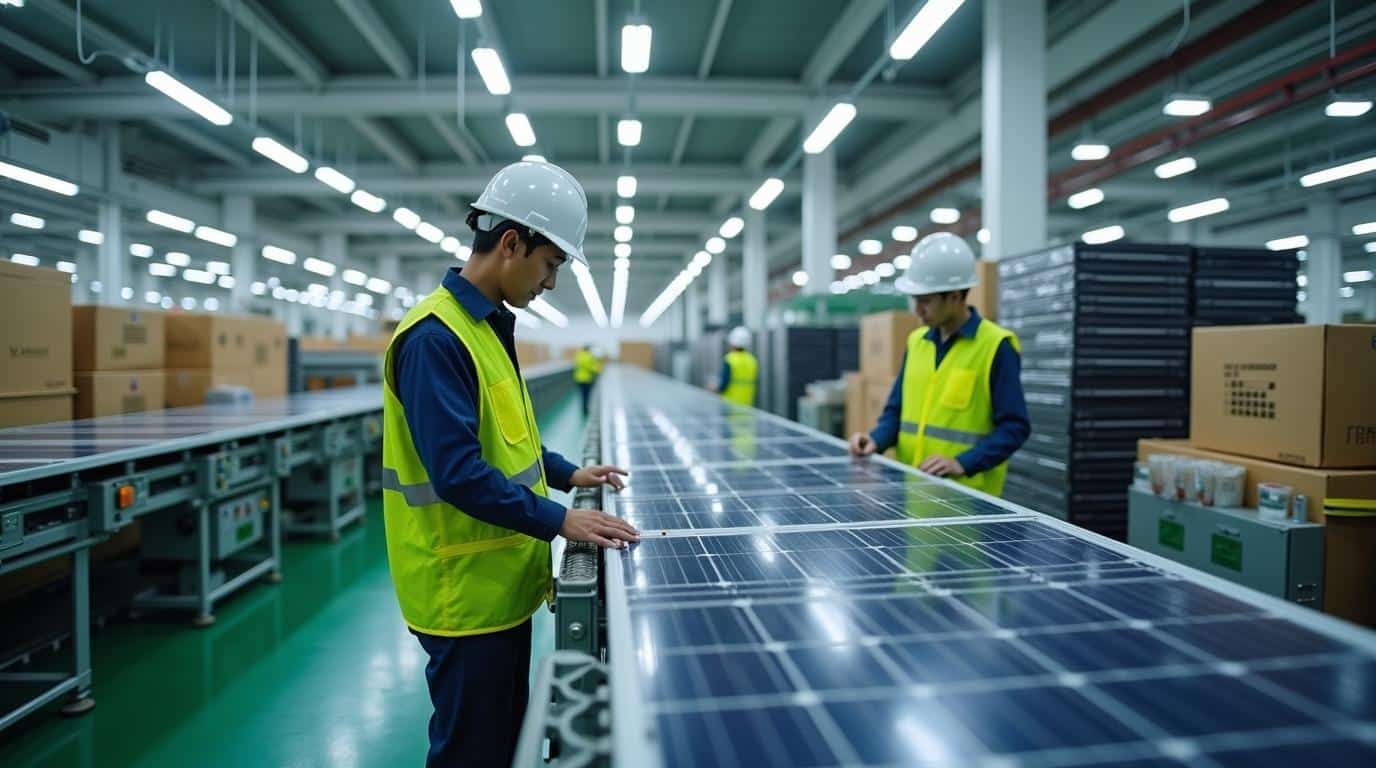New solar tariffs on Southeast Asia raise costs, impacting U.S. energy stocks and renewables industry outlook.
US Finalizes Tariffs on Southeast Asian Solar Imports, Impacting Renewable Sector Stocks

The US has officially imposed tariffs on imports from Southeast Asia. This move is expected to affect the stocks of companies in the energy sector.
The U.S. Department of Commerce has announced tariffs for panels that are being brought in from Vietnam, Malaysia, Thailand, and Cambodia. This decision focuses mainly on businesses that are using these countries as a transit route to avoid the existing taxes imposed on goods. The confirmation comes after an in-depth investigation that lasted for two years. The tariffs will soon be put into effect.
This change has the potential to significantly alter the industry in the United States at a swift pace. The combined efforts of these four nations account for more than 80% of the panels imported into the U.S. While the tariffs do not apply retroactively, there is a grace period until June 2025 before they come into effect.
The renewable energy sector saw a drop in stock prices after the announcement was made public, with traders anticipating an increase in panel costs and possible delays in project timelines due to supply chain interruptions caused by the policy change. This could hinder the progress of U.S. climate objectives amid efforts to speed up solar infrastructure expansion under the current administration’s leadership.
For individuals keeping an eye on the commodity market at this time, this stands out as a point of interest. Silver and polysilicon—both vital components in the production of panels—might experience price surges or heightened fluctuation. There is also potential for currency repercussions in Southeast Asia and China, particularly if these nations counteract with their trade policies in response.
Investors who are savvy are currently paying attention to how developers and manufacturers will adjust their strategies moving forward. Whether through revisiting supply chains, forming partnerships, or even increasing production capacity all of these could fundamentally transform the industry landscape. For those involved in the energy or clean energy sectors specifically, this development goes beyond being news; it serves as a clear indicator to review their current level of involvement in the market, assess supply chain operations, and evaluate material expenses.


